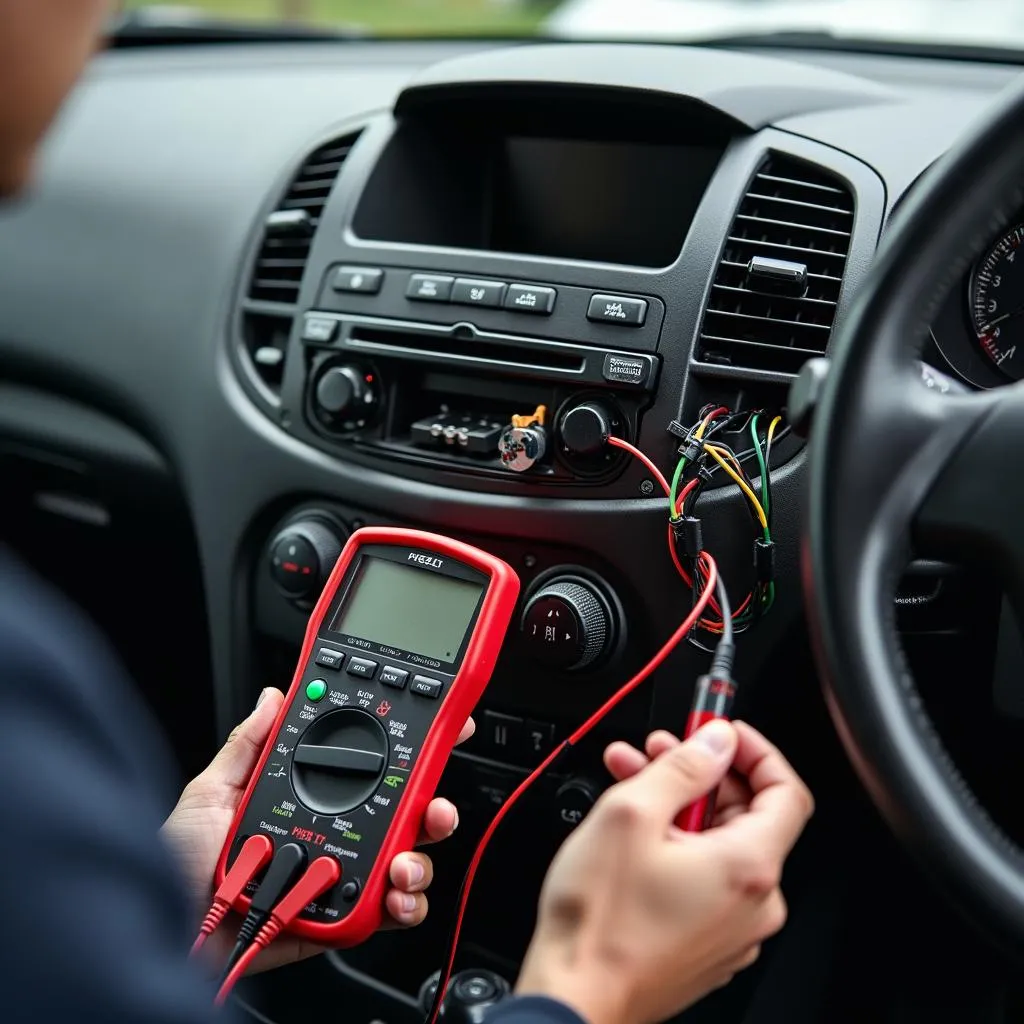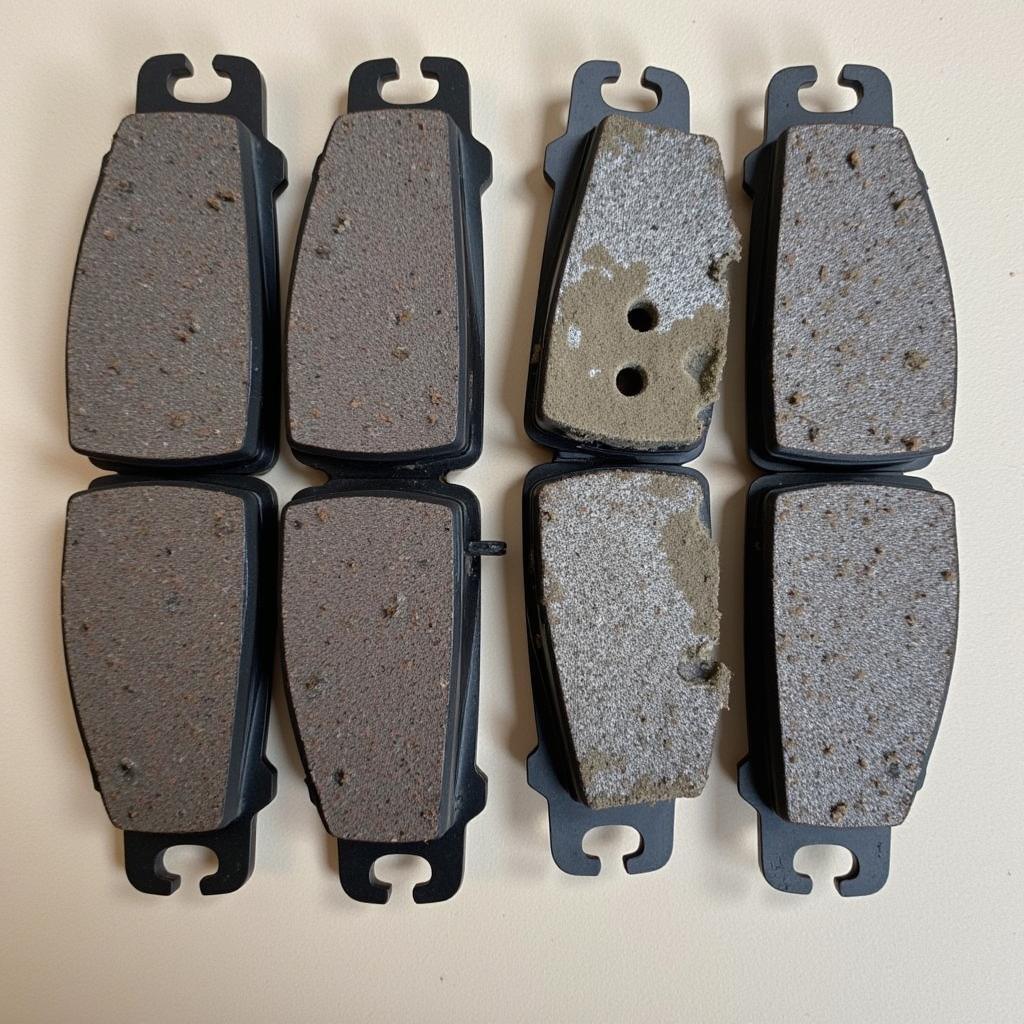The brake pad warning light on your 2015 Audi A6 is a crucial safety feature that alerts you when the brake pads are nearing the end of their lifespan. When illuminated, it signals the need for a brake inspection and likely a brake pad replacement. While replacing the brake pads will usually turn off the warning light, there are instances where you may need to manually reset it. This guide will walk you through the process of resetting the brake pad warning light on your 2015 Audi A6.
Understanding the Brake Pad Warning Light System
Before diving into the reset procedure, it’s essential to understand how the brake pad warning light system works in your Audi A6. The system relies on sensors, usually integrated into the brake pads themselves, that monitor the thickness of the friction material. When the pad wears down to a predetermined level, the sensor triggers the warning light on your dashboard.
Common Reasons for a Brake Pad Warning Light Reset
While replacing worn-out brake pads typically extinguishes the warning light, there are scenarios where a manual reset becomes necessary. These include:
- New Brake Pads Installed: After replacing the brake pads, the warning light may not automatically reset, requiring a manual reset.
- Sensor Malfunction: A faulty brake pad sensor can trigger a false warning light even with sufficient pad life remaining. In such cases, replacing the sensor and resetting the light are necessary.
- Electrical Glitch: Occasionally, a temporary electrical glitch in the car’s system can cause the warning light to illuminate erroneously. A manual reset can clear the fault.
How to Reset the Brake Pad Warning Light on a 2015 Audi A6
Resetting the brake pad warning light on your 2015 Audi A6 often involves a simple procedure that can be done without specialized tools. Here’s a step-by-step guide:
- Turn the Ignition On: Insert the key into the ignition and turn it to the “on” position without starting the engine.
- Access the Instrument Cluster Menu: Use the controls on your steering wheel to navigate to the instrument cluster menu on the dashboard display.
- Locate the “Service” or “Maintenance” Menu: The exact menu name may vary depending on your specific model.
- Select “Brake Pads” or “Brake Wear”: Find the option related to brake pads or brake wear within the service menu.
- Initiate the Reset Procedure: Follow the on-screen prompts to start the brake pad warning light reset procedure. This typically involves confirming the reset and may require holding down a button for a few seconds.
- Turn the Ignition Off: Once the reset is complete, turn the ignition off and wait a few moments.
- Turn the Ignition On Again: Start your Audi A6 to verify that the brake pad warning light has been successfully reset.
 Audi A6 Brake Pad Warning Light
Audi A6 Brake Pad Warning Light
When to Seek Professional Help
While resetting the brake pad warning light on your 2015 Audi A6 is often a straightforward process, there are instances where seeking professional assistance is recommended. If you encounter any of the following situations, consult a qualified mechanic or your Audi dealership:
- Persistent Warning Light: If the brake pad warning light remains illuminated after attempting the reset procedure or reappears shortly after, it could indicate an underlying issue with the braking system that requires professional diagnosis and repair.
- Unsure About the Procedure: If you are uncertain about any step of the reset procedure or uncomfortable performing it yourself, it is always best to err on the side of caution and seek help from a professional.
Conclusion
The brake pad warning light on your 2015 Audi A6 is a vital safety feature that should never be ignored. Understanding how to reset it yourself can be helpful, but it’s crucial to prioritize your safety and seek professional help when needed. By addressing the underlying issue promptly, you can ensure optimal braking performance and a safer driving experience.


